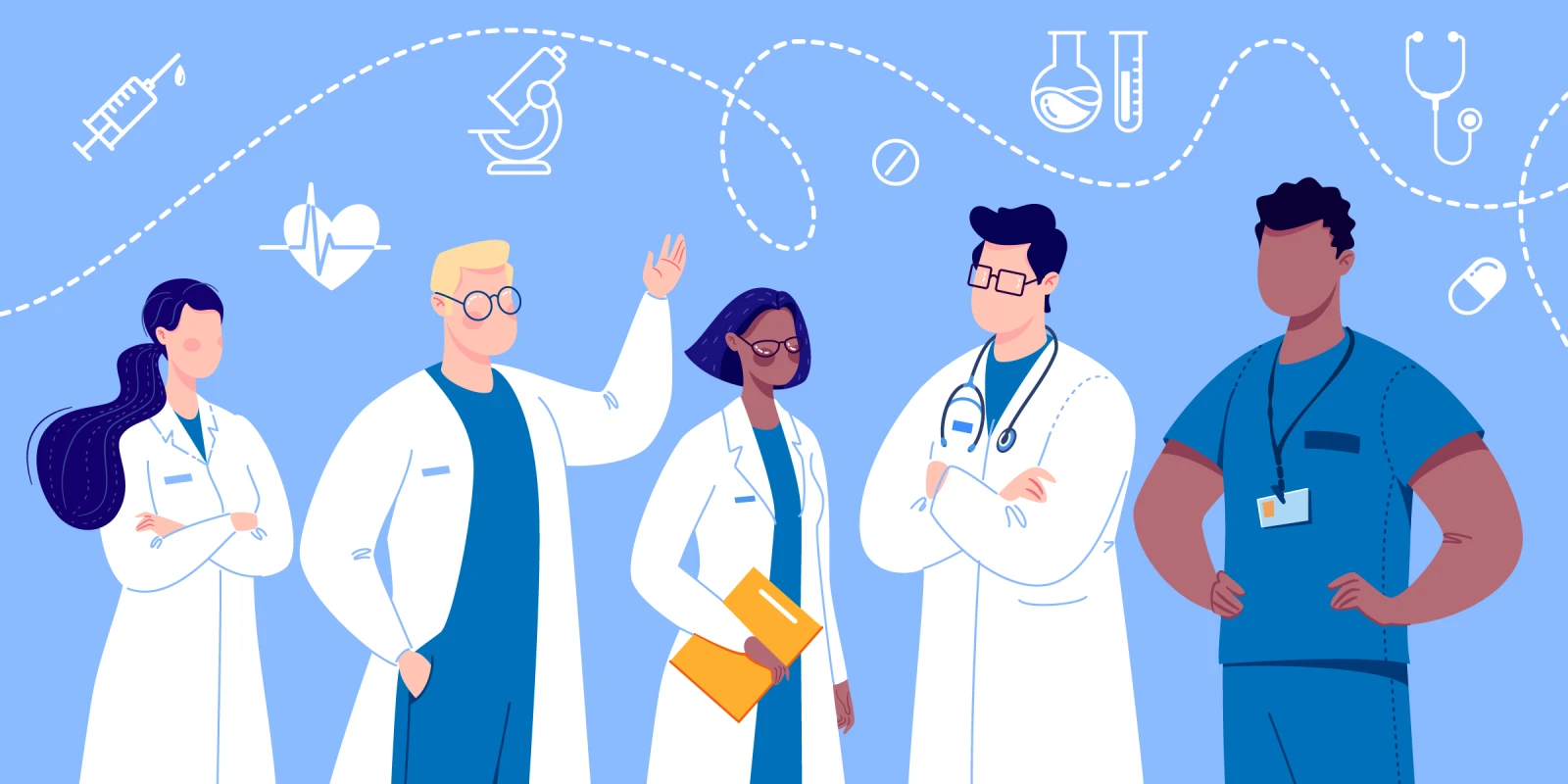As Heart Rhythm 2021, the first in-person medical meeting I have attended since the COVID-19 pandemic took grim hold of the United States, faded into the distance on Interstate 90, it was not the science that stayed with me. Sure, some interesting was science presented, the first randomized controlled trial of ventricular tachycardia ablation in non-ischemic cardiomyopathy, for instance, but there wasn’t a practice-changing moment, or a flurry of excitement over a new therapy, as there has been in previous years. There was no His bundle pacing, circa 2017. Instead, the biggest story was that the meeting took place at all.
Last year’s Heart Rhythm meeting was scheduled for May 2020, but as the pandemic unfolded, it pivoted to an online format. Temporarily repurposed as a COVID-19 hospitalist, the scientific sessions largely passed me by. Like many, I cared more about what therapies could stem the tsunami of multifocal pneumonia than what the late-breaking clinical trials showed. We analyzed the arrhythmias of the patients struggling to breathe in our ICUs. We improvised and innovated to maintain standards of care, reduce exposures, to save personal protective equipment. Electrophysiology, for all its wonder, seemed banal.
Fast forward to July 2021, and while the world continues to struggle with the pandemic in the Boston Convention Center, the atmosphere was cautiously hopeful. Attendees were hesitant, unsure how to proceed. The lanyards that held our conference badges were color-coded green, yellow, or red, signifying the wearer’s comfort level with social interaction but reminding me of a stoplight party from my twenties. The COVID-19-era dilemma of how to greet someone was a recurring theme. With travel from much of the world severely restricted, attendance was sparse. Many familiar faces were absent: overseas presenters were prerecorded or via Zoom. And those present were likely almost universally vaccinated. Over 96% of US physicians are, according to an AMA survey. But through all of the caution, seeing and talking to people in person was both strange and familiar, needed and deeply missed. I lost track of the number of colleagues who said that the best thing was meeting people indeed, as one said, that’s why it’s called a “meeting.”
And as I looked around the spacious rooms, it struck me that this is what every event could be like; this is what everyone could experience: people, a little distanced, perhaps, but most comfortable without masks, gathering around a common interest, engaging, enjoying. If only people would get the darn shot. If only the world put as much effort into equitable vaccine distribution as it did into arguing about and politicizing public health measures. If only, for the last 18 months, everyone would have performed the simple, selfless task of wearing a mask to protect others.
The virus is still with us, of course. The CDC report into an outbreak in Provincetown, Massachusetts, just a 90-minute ferry from the convention, provided a stark reminder of that on Friday. The same day, HRS notified attendees that one person at the convention had tested positive for COVID-19. But only one. The world will continue to struggle with this disease for a long time to come. But the meeting — a real, actual meeting — showed how far we have come, despite the polarization, the discord, the cynical politicization of the pandemic in some quarters. And that was the real story of Heart Rhythm 2021.
Dr. Edmond Cronin has no conflicts of interest to report.







